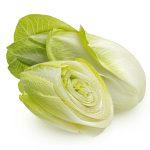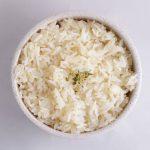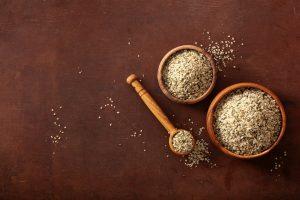Long life milk is an essential item in most households – a favorite accompaniment for breakfast cereals, a must for hot beverages, and a handy ingredient in cooking and baking. Furthermore, understanding the shelf life of long life milk and how to properly store it can save you time and money while ensuring the milk you consume is of the best quality.
In this article, we’ll not only explore how long long life milk lasts, but also dig into proper storage practices and frequently asked questions. Let’s unravel the secrets and make the most of this dairy staple!
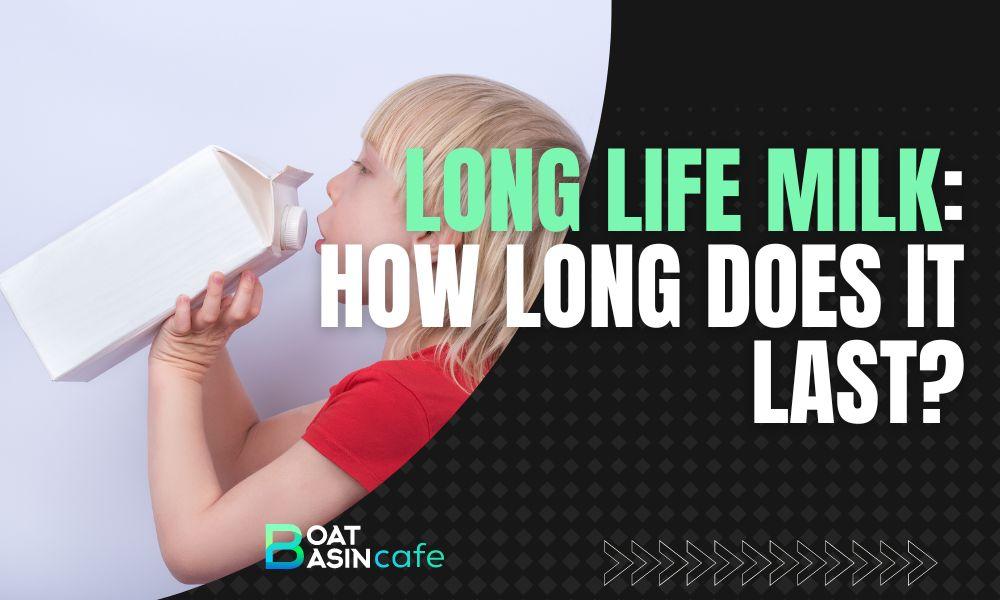
Understanding Long Life Milk:
Long life milk refers to milk that has gone through a special pasteurization process to increase its shelf life. This type of milk undergoes Ultra-High Temperature (UHT) processing, where it is rapidly heated to a temperature of 135-150°C for 2-5 seconds, killing harmful bacteria and enzymes, and then immediately cooled. This process ensures the milk remains fresh even when stored in unopened long life milk cartons at room temperature.
The main benefit of long life milk over regular milk is its longevity, allowing you to keep a stock in your pantry without the need for constant refrigerator space. Before you wonder if long life milk is as good as regular milk, we want to reassure you that the nutritional value remains similar despite the processing. Plus, I find that long life milk is a perfect option when camping or during road trips.
Factors Affecting Shelf Life
While long life milk is touted for its extended shelf life, some factors can play a crucial role in preserving its freshness:
📦Packaging
Long life milk is generally packaged in aseptic containers – a specific type of packaging that keeps light and air out, creating an impermeable barrier against external elements. Examples include Tetra Pak cartons or aluminum cans. By maintaining this barrier, the longevity of long life milk is preserved from the moment it is sealed to the moment you decide to open it.
🥛Storage Conditions
The ambient temperature and environment of your pantry or storage area impact the quality and shelf life of long life milk. Unopened packs should be kept in a cool, dark place without exposure to direct sunlight or fluctuating temperatures. For instance, avoid placing your long life milk near hot appliances, as that can negatively affect its quality.
Shelf Life of Long Life Milk
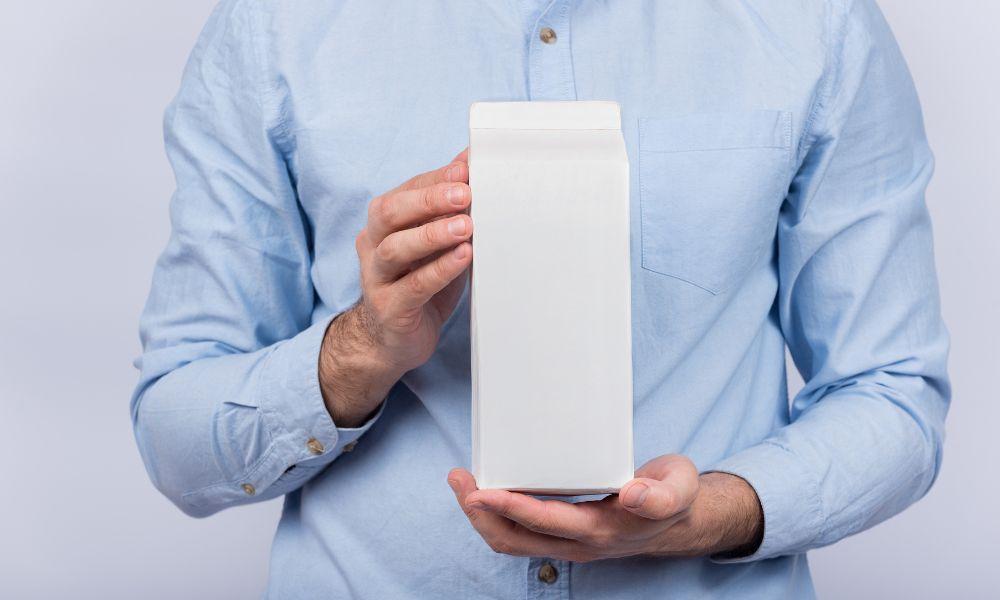
On average, unopened long life milk has a shelf life of 6-9 months or even longer, depending on the brand, packaging, and storage conditions. The best way to determine the shelf life of your long life milk is to check the expiration or best-by date printed on the packaging. Some brand variations may slightly differ in duration due to specific processing techniques or different packaging methods.
An important note: once you’ve opened the long life milk, its shelf life significantly decreases. Opened packs should be refrigerated and typically consumed within 7-10 days. As with regular milk, the opened container of long life milk should be stored with a tight-fitting lid, away from the refrigerator door and strong-smelling foods, and kept at a temperature below 5°C to maintain its freshness.
When unopened long life milk is nearing its expiration date, it’s still perfectly fine to use it in cooking and baking as long as the packaging remains sealed and intact. In fact, some of my favorite recipes call for milk near its expiration, like creamy soups, casseroles, or homemade pancakes.
Signs of Spoilage
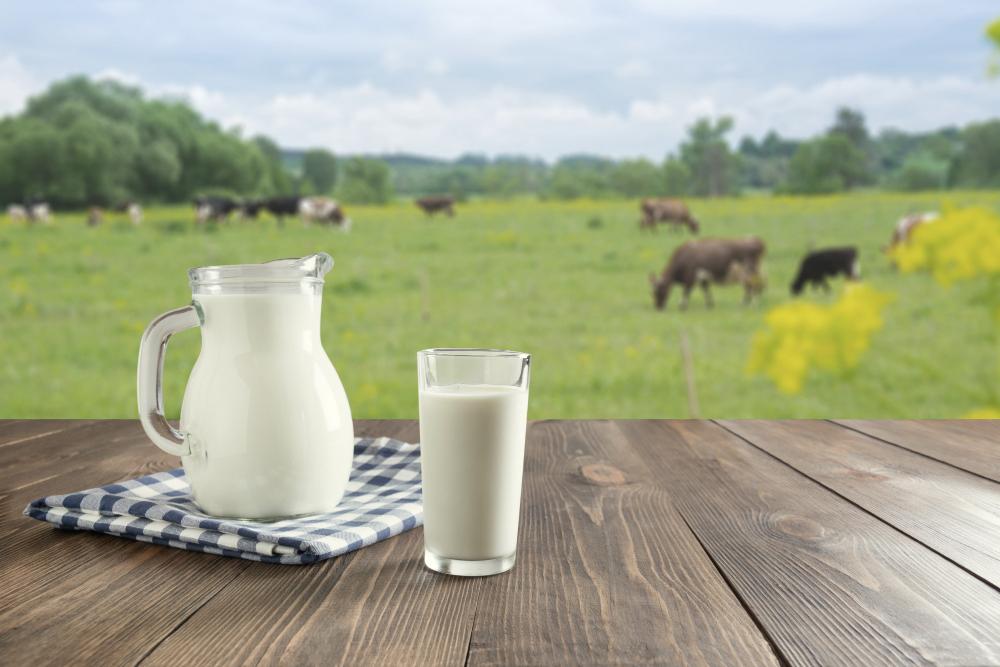
To ensure the long life milk you consume is fresh and safe, it’s crucial to check for signs of spoilage. The most glaring visual sign of spoiled long life milk is if the packaging appears bloated or swollen. This usually indicates bacterial growth and fermentation, producing gas that inflates the packaging. In such cases, dispose of the milk immediately without tasting it.
Smell is another tell-tale sign. If the long life milk smells off, sour, or just doesn’t seem right, discard it. Using your sense of taste, cautiously sample a small amount – spoiled milk will taste sour and unpleasant. If the milk’s texture feels curdled, lumpy, or uneven, it’s spoiled.
Proper Storage Tips
To make the most of long life milk storage and ensure you’re consuming fresh and delicious milk, implement these best practices:
- Store unopened long life milk in a cool, dry place away from direct sunlight and fluctuations in temperature, like a pantry or cupboard.
- Rotate your long life milk stock by placing the cartons with the earliest expiration date at the front, to ensure you consume them first.
- Once opened, store long life milk in a refrigerator at a temperature below 5°C with a tightly-fitting lid.
- If necessary, label the opened long life milk with the date it was opened to track how long it’s been in use. This simple trick has saved me from consuming sour milk more than once!
Stay tuned for the second half of this article, where we’ll dive into frequently asked questions to enhance your understanding and usage of long life milk! Can it be consumed after the expiration date, or is it safe to drink if it’s been opened for a while? We have the answers to these questions and more. In the meantime, explore our tips on canned coconut milk expiration to broaden your pantry knowledge.
FAQs
Can long life milk be consumed after the expiration date?
While it’s always best to consume milk products before their expiration date, sometimes unopened long life milk might still be safe to consume shortly after the date, provided it has been stored correctly. If you’re unsure, it’s wise to rely on our advice from the “Signs of Spoilage” section. Check for bloated packaging, off smells, unpleasant taste, or a curdled texture. If everything appears normal, cautiously use your judgment.
Is it safe to drink long life milk that has been opened for a long time?
Once opened, long life milk should be stored in the refrigerator and ideally consumed within 7-10 days. Although it may still be safe to drink, the milk’s flavor and freshness will deteriorate over time. To ensure you’re drinking the freshest milk, always take note of the date you opened the carton – you may even want to label it.
Does long life milk need to be refrigerated?
Unopened long life milk doesn’t require refrigeration, and you can store it in a cool, dark place like a pantry or cupboard. However, storing long life milk in the refrigerator once opened is essential to maintain its freshness and prevent spoilage.
Can long life milk be frozen to prolong its shelf life?
Yes, you can freeze long life milk to prolong its shelf life, but be aware that freezing and thawing may affect the milk’s texture, resulting in a slightly grainy or separated consistency. To freeze long life milk, transfer it to a freezer-safe container or bag, allowing some room for expansion, and seal it tightly. Thaw the frozen milk in the refrigerator for about 24 hours before using it. While thawed milk may not be ideal for drinking due to the change in texture, it’s perfectly suitable for cooking or baking purposes.
How can I tell if long life milk has gone bad?
Understanding whether long life milk has gone bad or spoiled is essential for ensuring safety and quality. Signs of spoilage include bloated packaging, an off or sour smell, unpleasant taste, or a curdled texture. If you encounter any of these signs, discard the milk immediately.
Conclusion
The shelf life of long life milk and its proper storage practices are essential for every household. By keeping your milk in optimal conditions and following the guidelines provided, you can make the most of this versatile dairy staple. Always pay attention to the expiration date, the storage conditions, and the visual or sensory clues to ensure you’re consuming fresh, delicious, and — most importantly — safe milk.
Reference Links:



